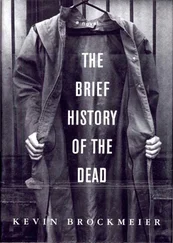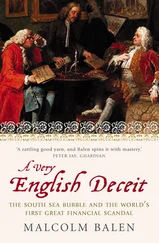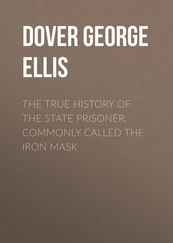The Hidden History of the Bayeux Tapestry
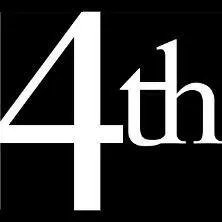

Fourth Estate
An imprint of HarperCollins Publishers Ltd. 1 London Bridge Street London SE1 9GF
www.harpercollins.co.uk
First published in Great Britain by Fourth Estate 2004
This edition published by Harper Perennial 2004
Copyright © Andrew Bridgeford 2004
PS section copyright © Eithne Farry 2004
PS™ is a trademark of HarperCollins Publishers Ltd
Andrew Bridgeford asserts the moral right to be identified as the author of this work
A catalogue record for this book is available from the British Library
Some images were unavailable for the electronic edition
All rights reserved under International and Pan-American Copyright Conventions. By payment of the required fees, you have been granted the nonexclusive, nontransferable right to access and read the text of this ebook on-screen. No part of this text may be reproduced, transmitted, downloaded, decompiled, reverse engineered, or stored in or introduced into any information storage and retrieval system, in any form or by any means, whether electronic or mechanical, now known or hereinafter invented, without the express written permission of HarperCollins ebooks
HarperCollins Publishers has made every reasonable effort to ensure that any picture content and written content in this ebook has been included or removed in accordance with the contractual and technological constraints in operation at the time of publication
Source ISBN: 9781841150413
Ebook Edition © FEBRUARY 2013 ISBN 9780007394135
Version: 2016-12-20
Eventually
All things decline
Everything falters, dies and ends
Towers cave in, walls collapse
Roses wither, horses stumble
Cloth grows old, men expire
Iron rusts and timber rots away
Nothing made by hand will last
I understand the truth
That all must die, both clerk and lay
And the fame of men now dead
Will quickly be forgotten
Unless the clerk takes up his pen
And brings their deeds to life again
Wace, Roman de Rou , III, 11. 131–142 ( c . 1170)
Cover
Title Page
Copyright
Epigraph
Map
Genealogical Charts
1. In Search of the Bayeux Tapestry
2. A Tale of Consequence: The Impact of Conquest
3. Sources
4. Stitches in Time
5. The Strange Journey of Harold Godwinson
6. The Fox and the Crow
7. The English Decision
8. Invasion
9. The Battle of Hastings
10. English Art and Embroidery
11. A Connection with Bishop Odo of Bayeux
12. The Bayeux Tapestry and the Babylonian Conquest of the Jews
13. The Tanner’s Grandsons
14. The Scion of Charlemagne
15. Count Eustace and the Death of King Harold
16. Eustace and the Attack on Dover
17. The Downfall of Bishop Odo
18. Turold the Dwarf
19. The Scandal of Ælfgyva
20. Wadard and Vital
21. Bayeux Cathedral and the Mystery of Survival
22. The Patronage of the Bayeux Tapestry
Notes
Bibliography
Index
Acknowledgements
P.S. Ideas, Interviews & Features…
About the Author
Profile of Andrew Bridgeford
Life at a Glance
Andrew Bridgeford’s Top Ten Books
Q & A
About the Book
A Critical Eye
The Reading Bayeux Tapestry
Read On
If You Loved This, You’ll Like…
Find Out More
About the Author
About the Publisher

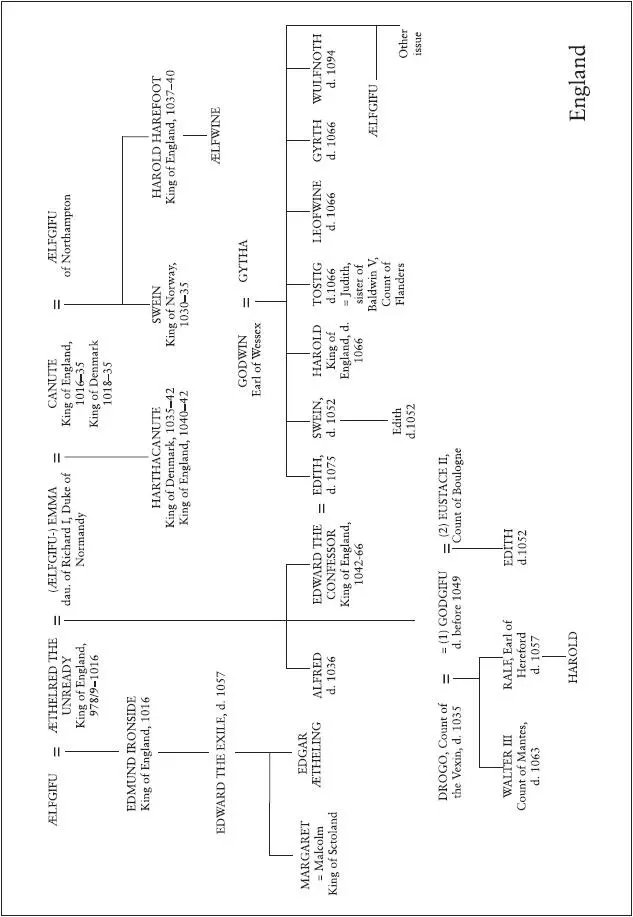
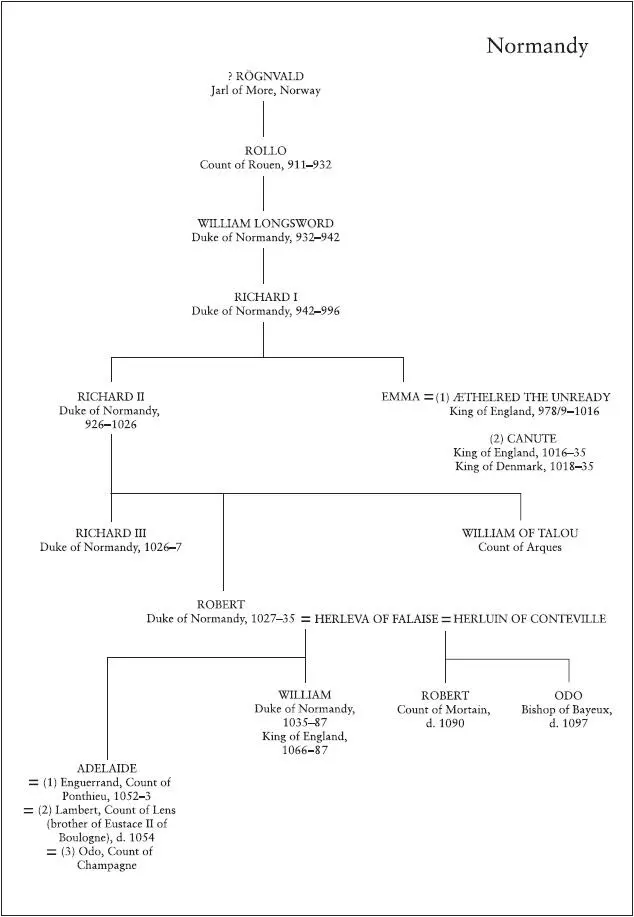

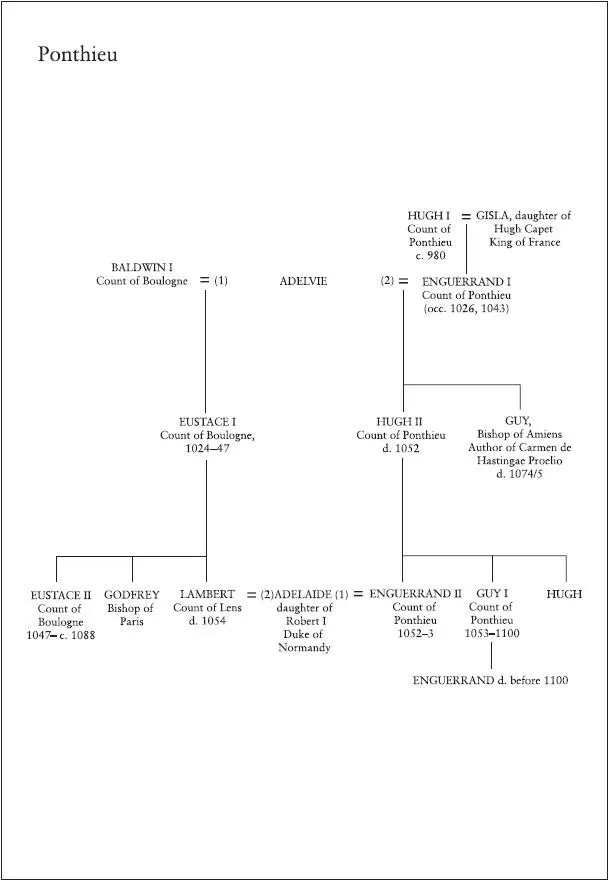
1 In Search of the Bayeux Tapestry
Five miles from the coast at Arromanches, in the gently shelving valley of the River Aure, lies the historic Norman town of Bayeux. From a distance the medieval cathedral emerges first into view, a faint impression of towers and spires, which gradually falls into sharper perspective as you approach the fringes of the town. War has touched Bayeux, but not scarred it. A ring road circumscribes the old centre, like a protective wall, and within its confines lies a network of shadowy streets and old stone buildings; and here and there the late-medieval frontage of a half-timbered house protrudes into the sunlight, as if it had emerged unwittingly out of the past into the present. At the centre of the town rises the enormous cathedral, a Gothic masterpiece built upon a Romanesque shell, its stark western towers, completed in the days of William the Conqueror, still soaring above the family of little houses gathered closely around its base. But it is not the cathedral, remarkable as it is, that every year draws half a million visitors to Bayeux. They come to see one of the most famous, intricate and mysterious works of art that has ever been made. Signs directing you to this masterpiece are dotted around the centre of the town. They are marked with a single descriptive word, in French and in English: ‘ Tapisserie. Tapestry’. Here, in Bayeux, anything else would be redundant.
The route marked ‘Tapestry’ takes you along these narrow streets, under the eves of ancient houses and beneath the angular shadows of the cathedral. It passes by shops selling every item that can possibly be embossed with images of the Bayeux Tapestry, from mugs to mouse pads, tea towels to T-shirts. You may pause to recall the conquering exploits of Duke William of Normandy under the pale green awning of the Restaurant Le Guillaume or remember his wife, Queen Matilda, at the Hôtel de la Reine Mathilde. Not far away a crêpe may be consumed at the somewhat more alarmingly branded Crêperie Le Domesday. The journey takes you past these establishments and along the Rue de Nesmond until you reach a sizeable seventeenth-century building that was turned into a museum in the early 1980s. During the course of its long and dangerous history, the Bayeux Tapestry has been kept, and sometimes concealed, in several places in and around the town of Bayeux. This building is its modern home. Your eyes narrow at the museum’s gate. Rain puddles scattered around the courtyard reflect the sun’s fresh glare like so many broken panes of glass. A party of English schoolchildren has gathered in front of the door, a posse of noisy chatter, scuffed heels and clipboard assignments gripped with an innocent disregard. Two hundred yards away, Bayeux Cathedral is a silent witness to your journey, a stone silhouette imposed on a bright and changing sky.
Читать дальше









